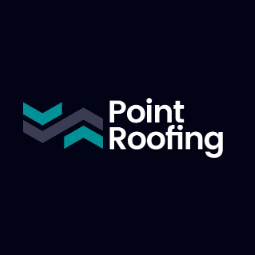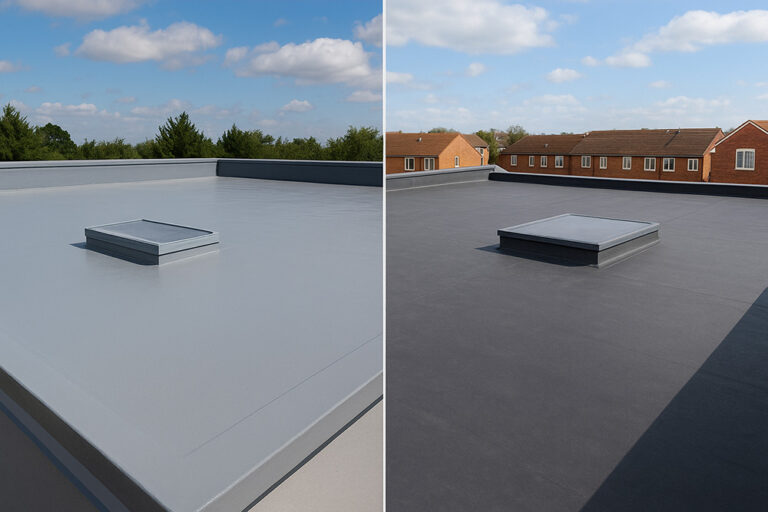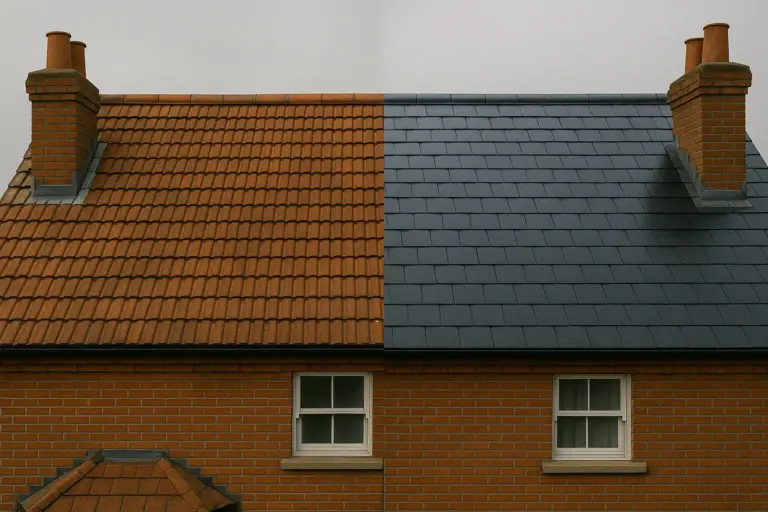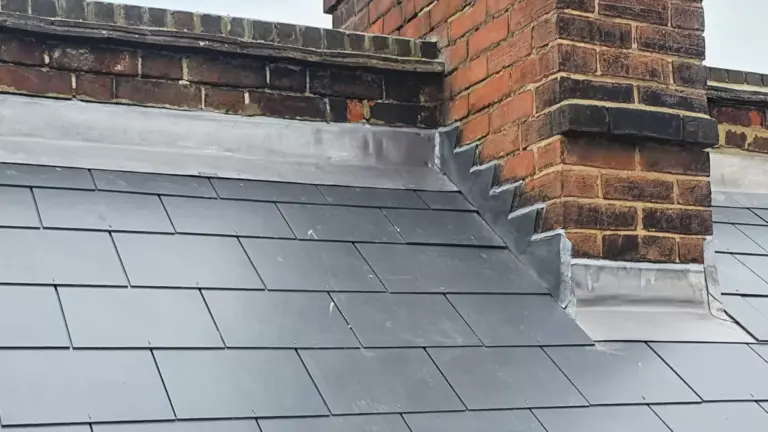The eaves of your roof by the fascia and guttering is a common area for roof leaks. When you fascia or guttering starts to fail and there is not sufficient protection at your eaves the felt can deteriorate and let water into your home. To protect your eaves and prevent damage and leaks the best solution is to install plastic eaves trays. In this article the Point Roofing & Guttering team share their knowledge and experience to help you understand your roofs eaves and how eaves tray can help.
What Causes Roof Leaks at the Eaves?
The eaves begin at the lowest part of a pitched roof by the fascia and guttering. It is a particularly vulnerable area as water falls down to this area from the roof and in the gutters for draining. Without proper protection the felt underlay on tiled pitched roofs deteriorate and sag allowing water to collect and ingress behind the fascia. Once the water gets behind the fascia it will cause rotting to the timber and cause damage to the fascia and internally to plasterboard and brick.
Below are the most common reasons for leaks at the eaves:
- Deteriorating roof felt under the tiles that cannot direct water to the gutters.
- Broken or slipped roof tiles that are not protecting the roof underlay.
- Roof tiles, felt underlay or flashing not correctly overlapped.
- Blocked or damaged guttering not correctly draining rain water.
It is important that the eaves of your roof is checked regularly, when did you last have yours checked?
What Is an Eaves Tray?
Eaves trays are plastic sheets specifically designed to sit at a pitched roofs eaves for protection and to help drain the water from the roof into the gutters better. It acts as an additional barrier between vulnerable timber to stop water ingress behind the fascia.
Modern protective felt undelay installations are becoming more durable to also help combat vulnerable eaves but traditional roof felt became very weak and prone to sagging at the roofs weakest area. The simple installation of eaves trays will help prevent this.
Key attributes of a quality eaves tray include:
- Strong plastic that is not vulnerable to moisture or heat.
- Compatible with all pitched roof types and slope types.
- Easy installation as a repair or during roof replacements.
How Much Difference Does an Eaves Tray Make?
Simple changes or additional products in the construction industry can have a huge impact in the overall performance of a roof. The BRE Group carried out a study in 2018 that found 25% of reported roof leaks were due to the ingress of water at the roofs eaves.
The impact eaves tray can have on two houses on the same street as massive. If you compare two homes and one has eaves tray installed and the other is reliant on the original roof felt. After 5 years the eaves of the protected roof would have no leaks and show no signs of deterioration or rotting. The roof with the unprotected eaves would show signs of deterioration to the felt underlay, rotting of the timbers and if water manage to ingress there would also be rotting to the fascia and maybe even internal leaking.
Signs You Might Need to Retrofit Eaves Trays
It is possible for you to inspect your roof yourself to determine whether you need eaves trays installed or not. If in doubt you can always call the Point Roofing team on 01603 905295 and we would be happy to help. If you would like to inspect yourself, look out for the below warning signs.
- Watermarks in the corners of bedrooms.
- Flaking, soft or rotten timber fascia and soffits.
- Broken or slipped tiles on the first few rows of tiles.
- Blocked gutters now draining water correctly and overflowing
There may not be any signs you can see but you may want to consider the age of your roof. If it is old and coming towards the end of its life then there is a chance your eaves need additional protection.
How Is an Eaves Tray Installed?
Eaves trays are simple to install and get be easily fitted during a re-roof or as a repair. An experienced roofer from the Point Roofing team can install eaves trays on your pitched roof by using the method below.
Basic installation steps:
- Lift or remove the bottom 1-2 rows of tiles.
- Clear any deteriorating felt, depending on the damage additional may need installing.
- Prepare the eaves tray so it can fit correctly.
- Fit the eaves tray ensuring it goes under the roof felt and sits flush above the fascia boards.
- Overlap the eaves trays to stop water ingress.
- Re-fit any tiles from the first rows that were lifted or removed.
- Ensure the trays fall into the gutter for correct water drainage.
Any reputable roofing contractor can ensure eaves trays are fitted correctly, if you would like one of our team to installed eaves trays on your pitched roof please contact us.
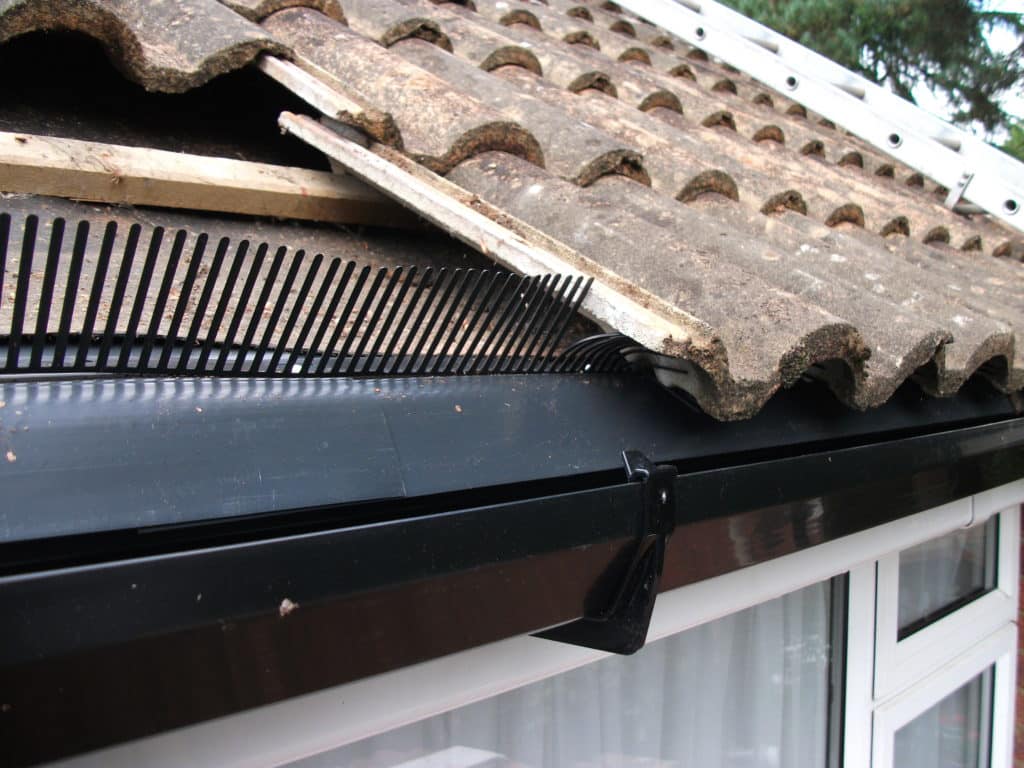
Comparing Eaves Trays With Traditional Felt Underlays
| Feature | Traditional Felt Underlay | Modern Eaves Tray |
|---|---|---|
| Material | Bitumen felt | Tough plastic polymer |
| Lifespan | 15-30 years (prone to sagging) | 40+ years |
| Resistance to Rot | Can degrade with damp | Will not rot |
| Functionality Over Time | Weakens | Remains supportive |
| Cost | Cheap (short-term) | Moderate (long-term saving) |
| Maintenance | Requires replacement | Low maintenance |
The above table demonstrates the pros and cons of having eaves tray installed on your pitched roof to help you make the decision.
Direct Impact on Home Value
Roof leaks are one of the most commonly reported issues on a home buyers survey. According to the Royal Institution of Chartered Surveyors (RICS) houses with roof leaks lose 10% of the asking price. People looking to buy a home see a leaking roof as a major expense leading to lower offers and failed sales.
This is why it is important that your roof is protected and by simply installing eaves trays at relatively low cost can help preserve your roof and when you come to sell offer reassurance during home buyer surveys.
The Cost of Inaction
Not acting on a roof leak fast can lead to major long term issues and expensive replacements. You can preserve the life of your roof with the correct maintenance but not taking action can have effects like below that build up over months or years:
- Rotting timber at the fascia, eaves or even rafters and joists.
- Water ingress that causes damage to brickwork.
- Internal damage to plasterboard ceilings and walls.
- Insurance complications due to negligence.
Catching a minor roof leak early and undertaking a small repair like installing eaves trays can save you thousands in the long term.
Maintaining Peace of Mind
Installing eaves trays is one of the best preventative measures for protecting your roof and ensuring you get the most from it. It protects the vulnerable parts of your roof and adds additional support to stop roof leaks.
If you have issues with your roof such as leaks at the eaves or rotten fascia and would like an expert roofer to take a look then please contact us and one of our team can come and carry out an inspection on your roof.



